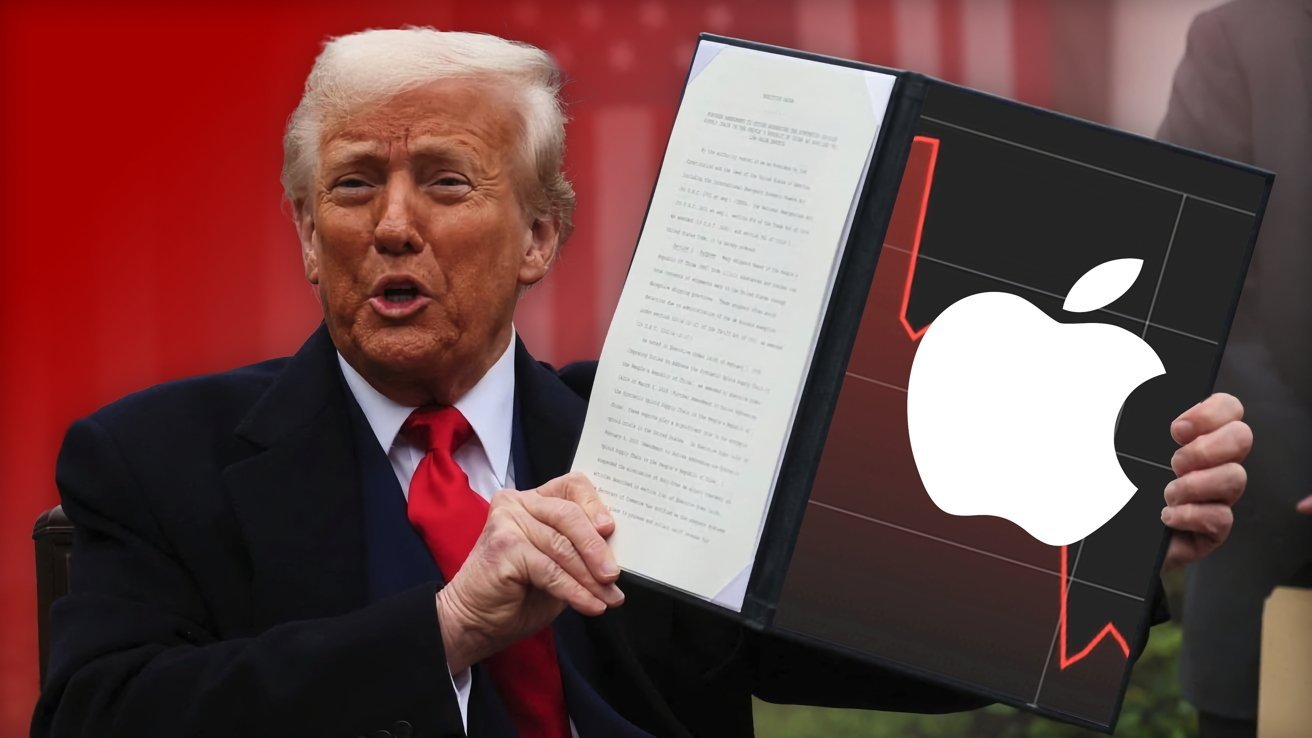iPhone 17 import tariffs may cost Apple more than expected, as Trump threatens India
Apple's new number one iPhone manufacturing country, India, will face a significant tariff increase, after the Trump administration caught it selling oil to Russia.

President Trump has threatened India with even higher tariffs.
The "reciprocal" tariff policy of the United States under the Trump administration is nothing short of chaotic. So far, it's provoked a surge of pre-tariff iPhone buying, and will cost Apple more than $2 billion in import fees over two quarters.
Now, the ever-changing tariff situation looks as though it will induce additional costs for the iPhone maker.
As noted by Reuters, Trump criticized India for its continued use and procurement of oil from Russia. Trump said that that India doesn't "care how many people in Ukraine are being killed by the Russian War Machine."
He wasn't done there.
"Because of this, I will be substantially raising the Tariff paid by India to the USA," said President Trump, without providing any details as to what the new tariff would be, and ignoring that India doesn't pay the tariffs, the importing company does. His latest statements, however, indicate that the actual number will be even higher than the previously suggested 25%.
On July 29, a report revealed that India and the United States had yet to reach a trade agreement, meaning that imports from India, such as iPhones, would be subject to a 25% tariff, up from the previous 10%, and less than 3% before the tariff saga began in April.
In response to President Trump's latest threat, the Indian government said it would "take all necessary measures to safeguard its national interests and economic security," adding that "the targeting of India is unjustified and unreasonable."
How a new tariff on goods from India would affect Apple
Apple attempted to avoid additional tariff-related costs by relocating iPhone production from China to India, but that was before President Trump's latest tariff increase was announced. With tariffs higher than 25%, Apple may be forced to pass the cost on to its customers.

Nearly the entire iPhone 17 range may get a $50 price increase.
Apple's investment in India may prevent it from adjusting assembly and import easily if even a 25% tariff is enacted. While we don't put that much stock in stock analyst predictions, some of them estimate that India accounts for about 20% of all iPhone shipments, most of which go to the United States.
If the estimates are accurate, the iPhone shipments from India to the US equate to about $40 billion in product.
Apple, and nearly every other business, is expected to pass these costs on to end consumers, with one report providing an idea as to just how much of a price iPhone users will have to pay. The report said that nearly all models in iPhone 17 range would be priced $50 higher than their respective iPhone 16 counterparts.
Apple, unfortunately, will not have much of a choice in the India tariff matter. It is expected to maintain iPhone manufacturing efforts in India.
Trump and his associates have often claimed the iPhone could be made in the United States, and that's technically true. However, that prediction can't become a reality anytime soon.
Low-cost skilled workers, rare earth minerals, better education, and assembly facilities are among the things necessary for large-scale iPhone production in the US. The United States has an insufficient supply of all four requirements, and none of them are a problem that just money will solve.
Currently, iPhones sold in the United States are largely made in India, while products like the iPad are made in Vietnam. If high enough tariffs are levied against India, Apple has nowhere else to go other than China in the short term.
A trade delegation from the United States is said to be visiting New Delhi in the middle of August, but this meeting has been cancelled and postponed several times since April. The stated intention is to resume the trade negotiations, and finalize a bilateral agreement by September or October 2025, but time will tell whether or not this will prove successful.
Apple starts importing a small quantity of September iPhones in mid-August. Initial flagship iPhone sales made in the days after preorders start are mostly shipped from the manufacturing country. In practice, this means that if a deal isn't signed until October, the higher tariffs per iPhone will need to be paid by Apple.
Read on AppleInsider

Comments
India selling oil to Russia?
With the beginning of sanctions against Russia, India quickly became a key customer of Russian oil. That hasn't changed.
But India selling oil to Russia?
Is there something I'm missing?
Trump might not like the situation but in terms of sanctions support, countries representing over 80% of the world's population have decided to ignore them.